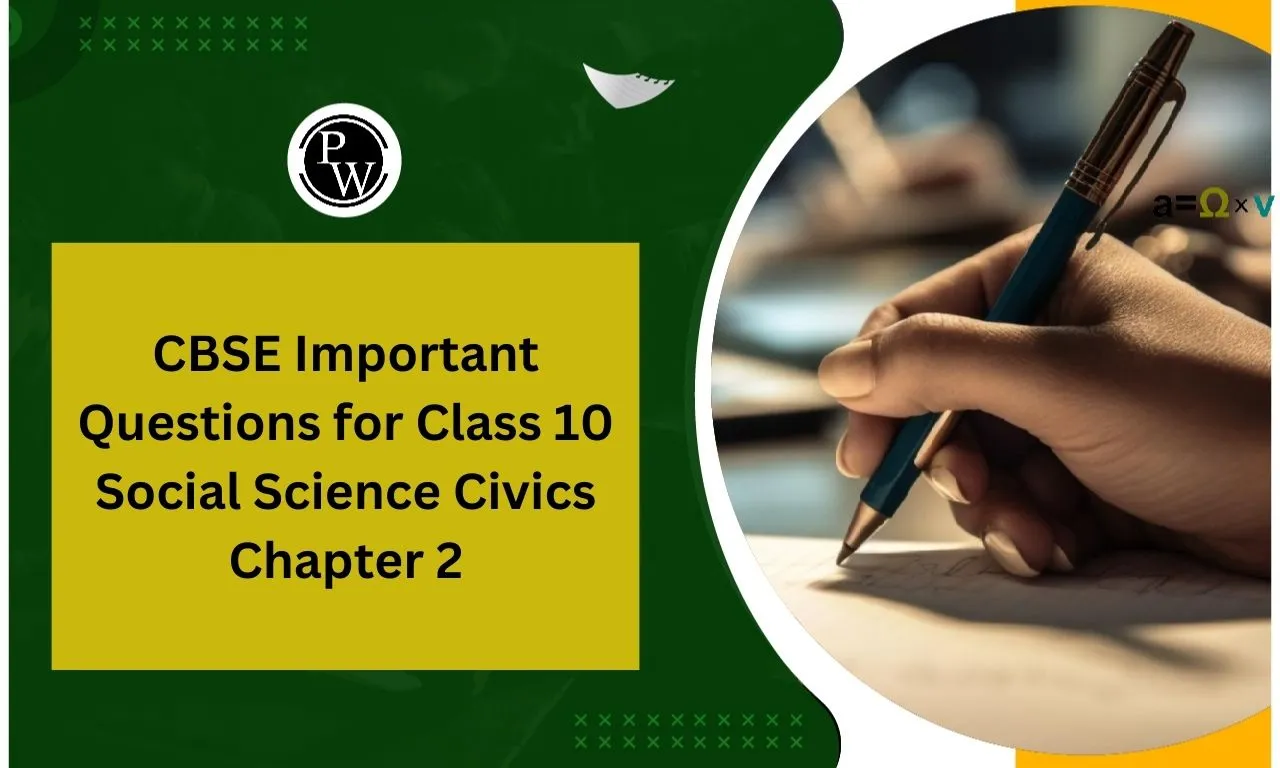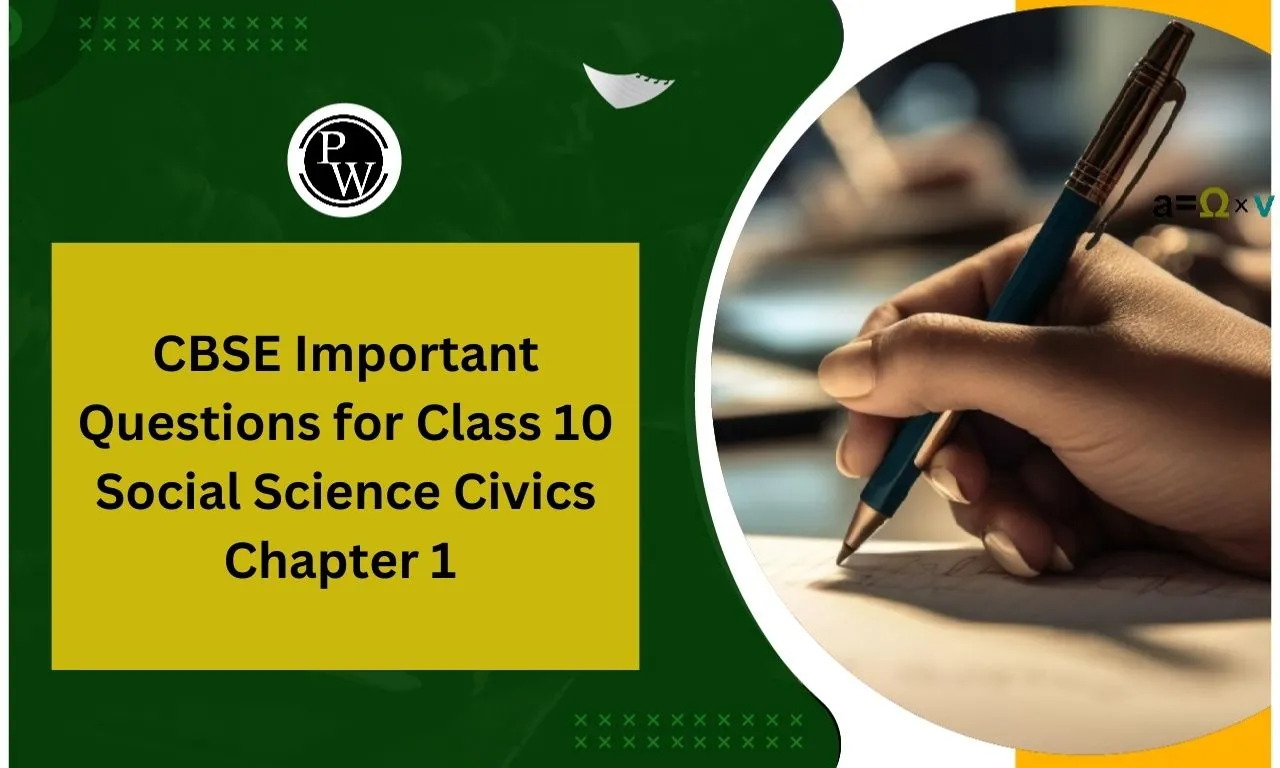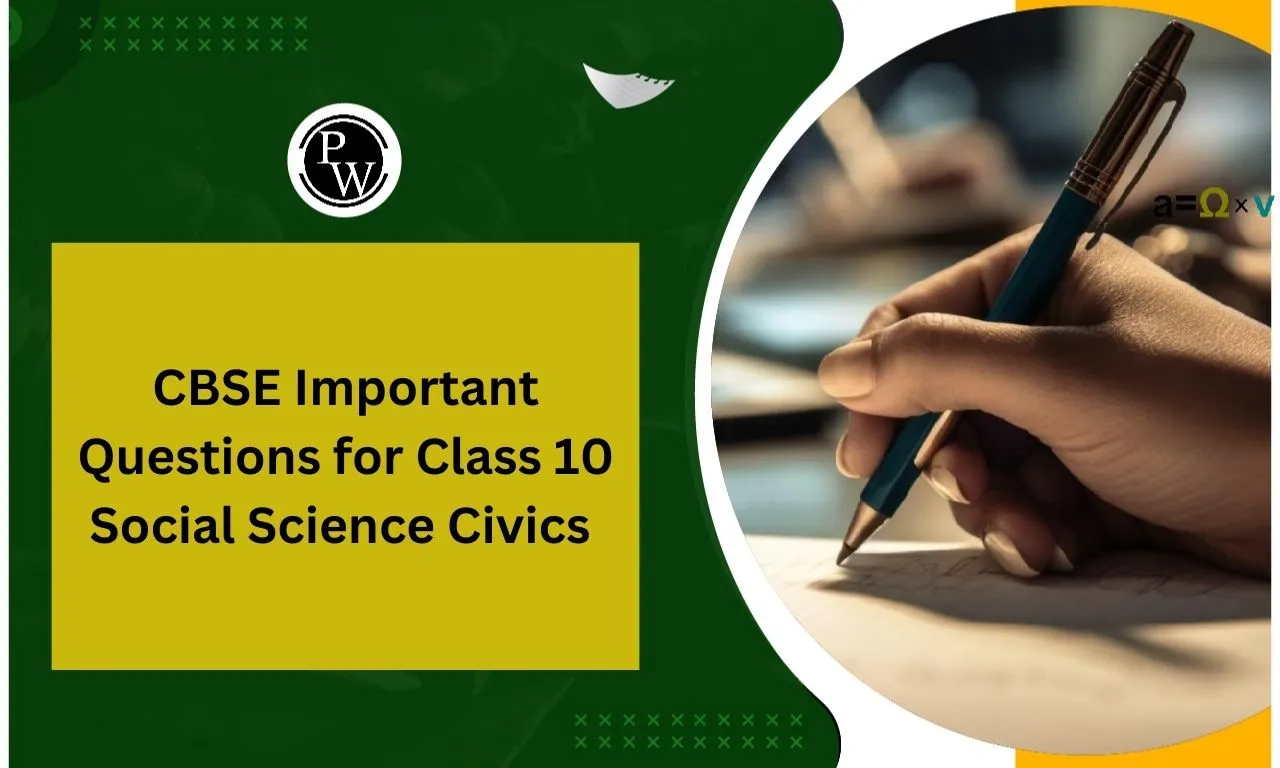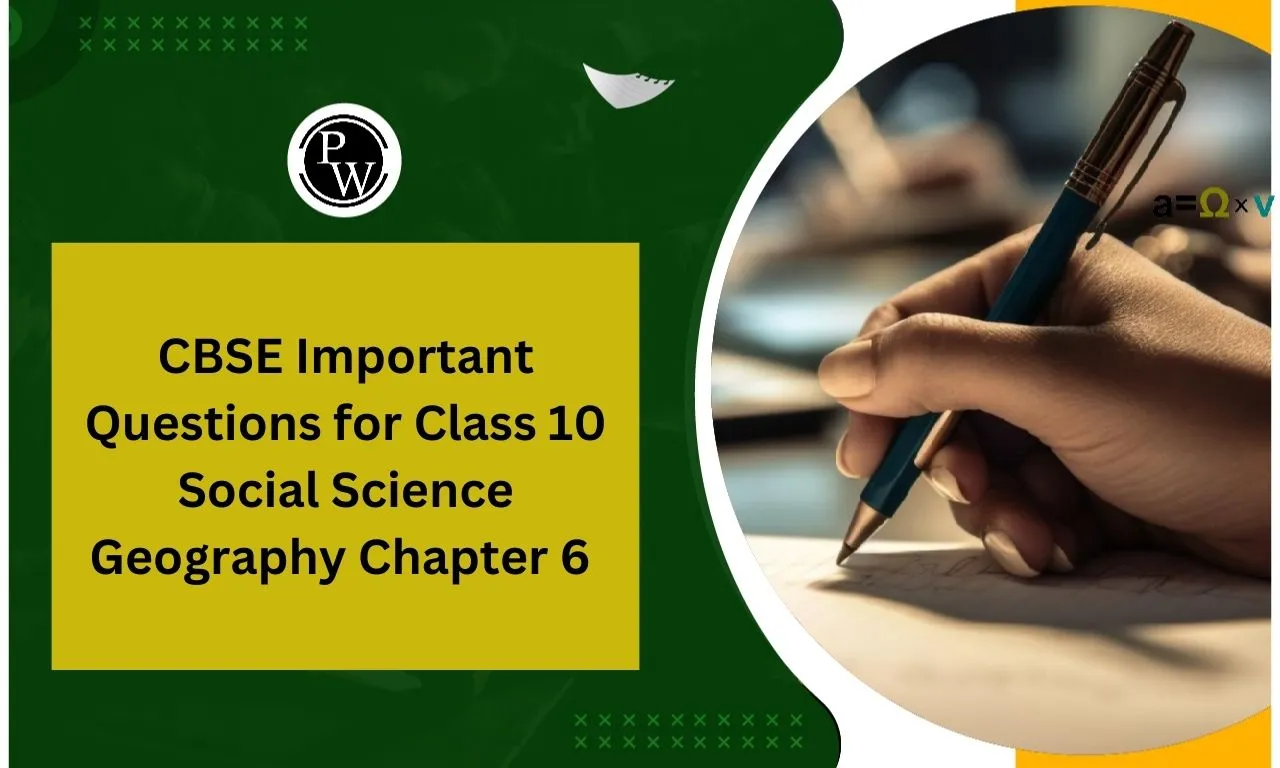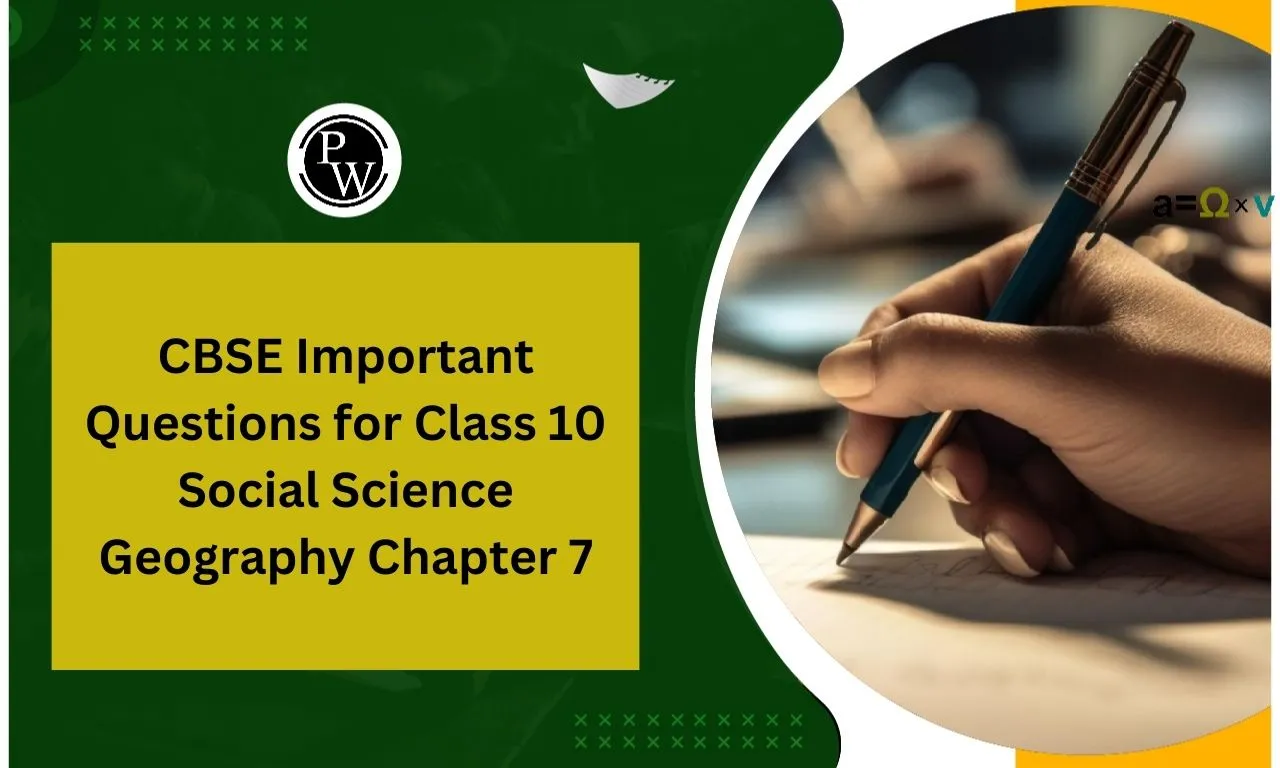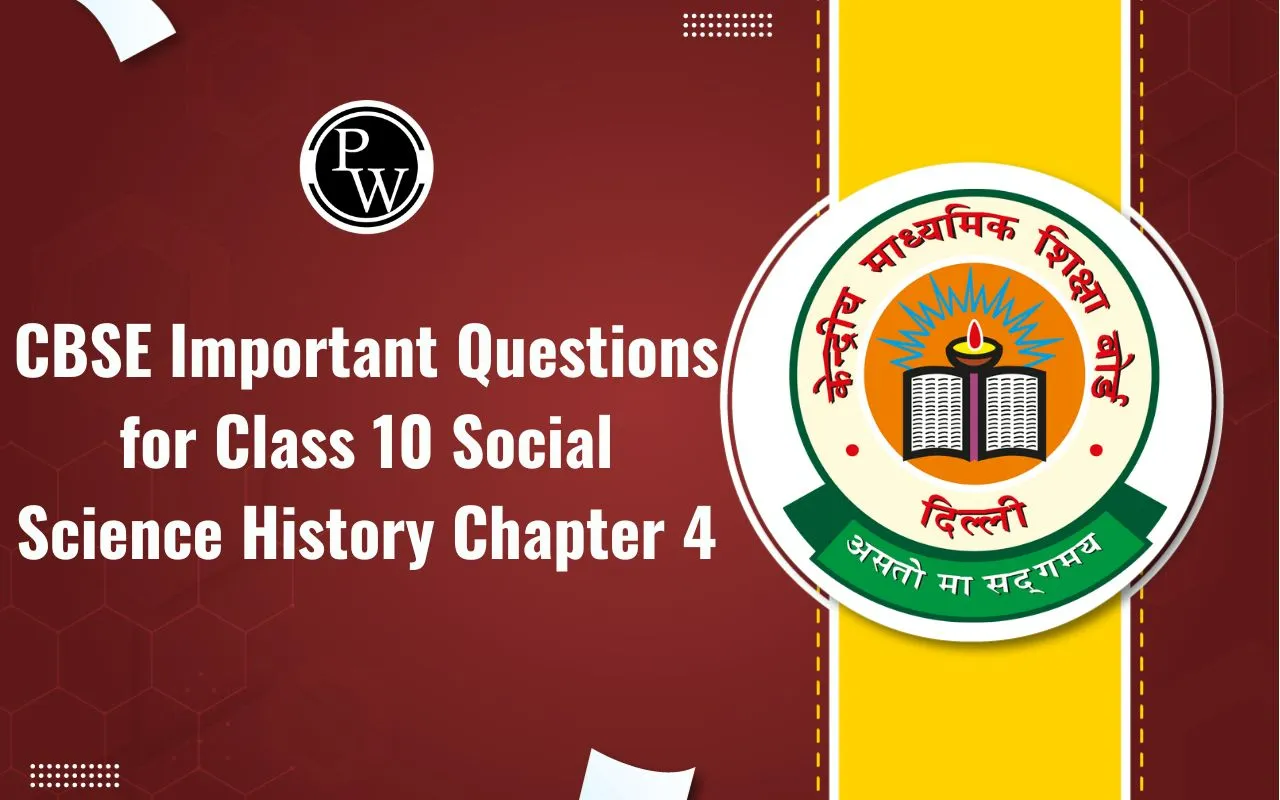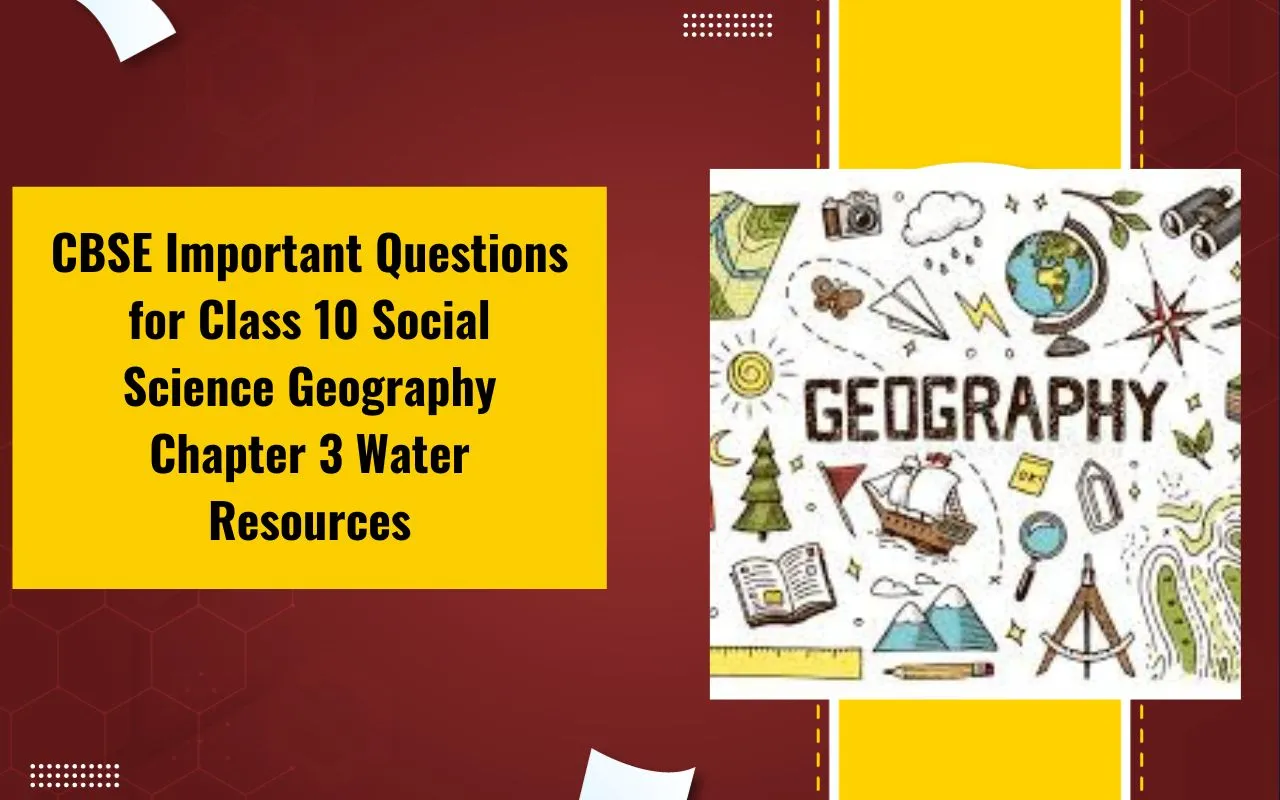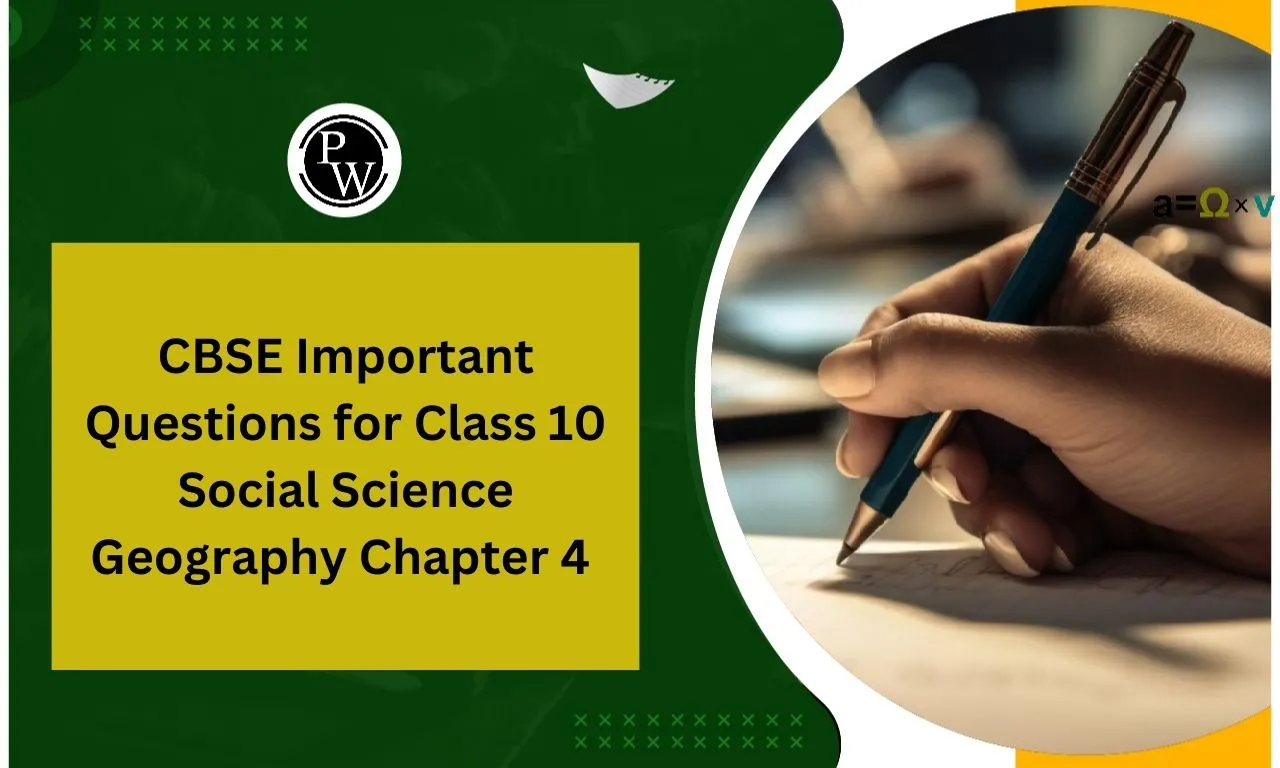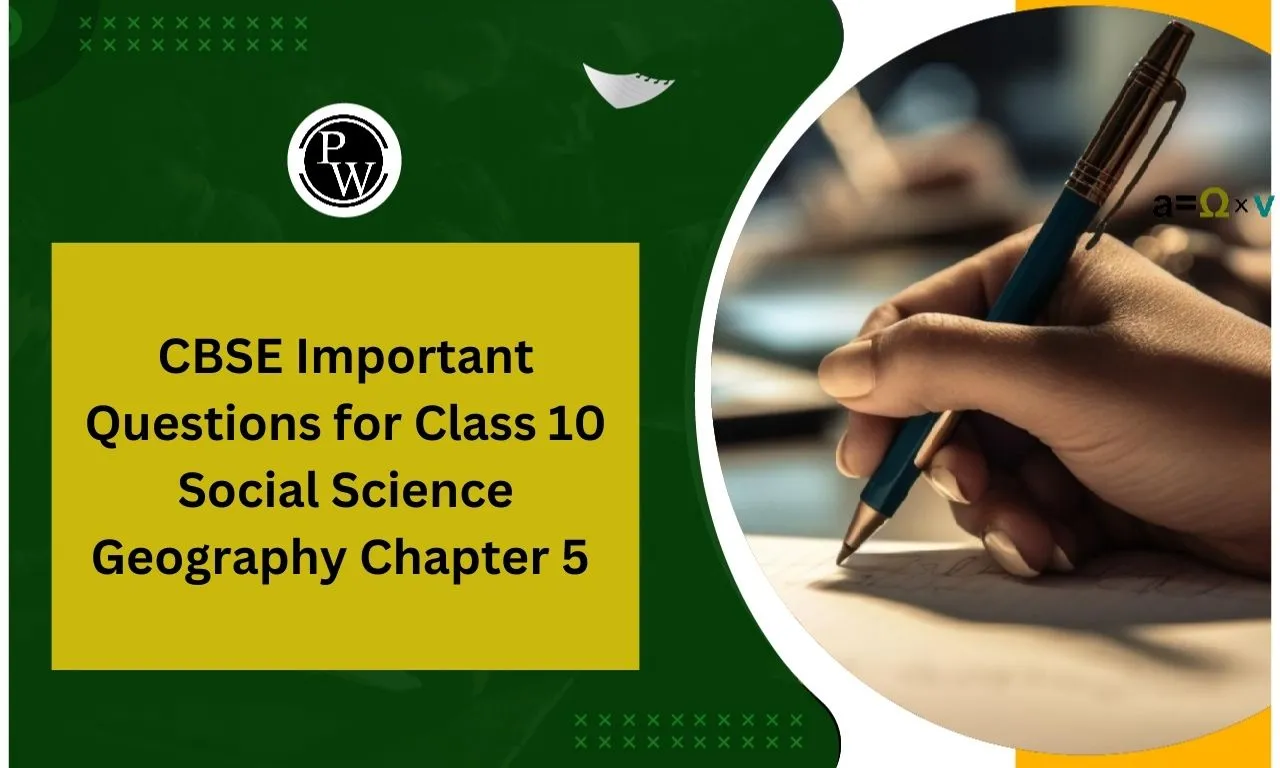
CBSE Important Questions for Class 10 English First Flight Chapter 5: Glimpses of India from First Flight (Class 10 English) is a collection of three short stories showcasing India’s cultural diversity. The first, A Baker from Goa, highlights the enduring legacy of Portuguese traditions through Goan bakers. Coorg describes the scenic beauty and martial heritage of Karnataka’s Coorg region.
Tea from Assam explores Assam’s vast tea plantations and the fascinating history of tea discovery. These stories celebrate India’s rich heritage, landscapes, and traditions. Important questions from this chapter often focus on themes like cultural influence, scenic descriptions, historical references, and character insights, making it essential for CBSE exams.
CBSE Important Questions for Class 10 English First Flight Chapter 5 Overview
Chapter 5, Glimpses of India, from First Flight (Class 10 English), highlights India’s cultural and geographical richness through three engaging narratives. A Baker from Goa emphasizes the lasting Portuguese influence on Goan traditions. Coorg captures the natural beauty, bravery, and unique culture of the Kodavas.
Tea from Assam explores the vast tea plantations and the origin of tea consumption. These stories enhance students’ understanding of India’s heritage, traditions, and landscapes. CBSE important questions often focus on themes like cultural identity, historical significance, and descriptive imagery, making this chapter crucial for comprehension and exam preparation.
CBSE Important Questions for Class 10 English First Flight Chapter 5 PDF
Below, we have provided a CBSE Important Questions PDF for Class 10 English First Flight Chapter 5 – Glimpses of India.
This PDF includes essential questions covering key themes, character insights, and exam-oriented topics to help students prepare effectively. Download the PDF to enhance your understanding and ace your exams with confidence.
CBSE Important Questions for Class 10 English First Flight Chapter 5 PDF
CBSE Important Questions for Class 10 English First Flight Chapter 5 Glimpses of India
1. We kids would be pushed aside with a mild rebuke and the loaves would be delivered to the servant. But we would not give up. We would climb a bench or the parapet and peep into the basket, somehow. I can still recall the typical fragrance of those loaves. Loaves for the elders and the bangles for the children.
(A) Who are ‘we’ in the extract?
(B) Why were the children pushed aside?
(C) Which word/phrase in the extract means the same as ‘an expression of disapproval/a
scolding’?
(D) What was there in the basket?
Ans. (A) ‘We’ in the extract refers to the narrator and his friends.
(B) The kids were pushed aside so that the bread could be delivered to the servants.
(C) The word ‘rebuke’ from the extract means ‘an expression of disapproval/a scolding’.
(D) There were some loaves for the elders and some bangles for the children.
2. The baker usually collected his bills at the end of the month. Monthly accounts used to be recorded on some wall in pencil. Baking was indeed a profitable profession in the old days. The baker and his family never starved. He, his family and his servants always looked happy and prosperous. Their plump physique was an open testimony to this. Even today any person with a jackfruit-like physical appearance is easily compared to a baker.
(A) Where did the baker record his accounts?
(B) Why did the baker and his family never starve?
(C) Which work in the extract is a synonym of ‘build’?
(D) How can a baker be identified in Goa?
Ans. (A) The baker recorded his accounts on some wall in pencil.
(B) The baker and his family never starved because baking was a profitable profession.
(C) ‘Physique’ from the extract is the synonym of ‘build’.
(D) Any person with a Jackfruit-like physical appearance is easily identified to a baker as
their pump physique is an open testimony of their happiness and prosperity.
3. After reading the story ‘A Baker from Goa”, do you think our traditions, heritage, values and practices are the roots that nourish us? Why/why not?
Ans. ‘A Baker from Goa’ highlights the importance of the traditional practice of making bread for every occasion and festival of the Goan people. This tradition continues even today. This shows how our traditional practices can keep us to our past and heritage.
Traditional values shape our personality and also provide us emotional support. They enable us to face difficult situations and make us mentally strong. Traditional practices also have an impact on our behavioral pattern towards the other people in society.
4. Midway between Mysore and the coastal town of Mangalore sits a piece of heaven that must have drifted from the kingdom of God. This land of rolling hills is inhabited by a proud race of martial men, beautiful women and wild creatures. Coorg, or Kodagu, the smallest district of
Karnataka, is home to evergreen rainforests, spices and coffee plantations.
(A) Which kind of animals are we likely to see at Coorg?
(B) What is Coorg known for?
(C) Which word in the extract means the same as ‘having to do with war’?
(D) Where is Coorg situated?
Ans. (A) We are likely to see wild animals in Coorg.
(B) Coorg is known for its evergreen rainforests, spices and coffee plantations.
(C) ‘Martial’ from the extract means ‘having to do with war’.
(D) Coorg is situated between the midway of Mysore and the coastal town of Mangalore.
5. Coorgi homes have a tradition of hospitality, and they are more than willing to recount numerous tales of valour related to their sons and fathers. The Coorg Regiment is one of the most decorated in the Indian Army, and the first Chief of the Indian Army, General Cariappa, was a Coorgi. Even now, Kodavus are the only people in India permitted to carry firearms without a license.
(A) What kind of stories are the Coorg people always ready to tell?
(B) What is the special favor granted only to them even now?
(C) Find a word in the extract which means the same as ‘courage and bravery, usually in war.
(D) Who is free to have a firearm without a license in India?
Ans. (A) The Coorg people are always ready to tell the tales of valour related to their sons and fathers.
(B) Kodavus are the only people in India permitted to carry firearms without a license.
(C) ‘Valour’ from the extract means ‘courage and bravery, usually in war.
(D) Kodavus are the only people in India permitted to carry firearms without a license.
6. How do Coorg’s location, people and natural features add to the diversity of India?
Ans. Coorg is beautifully located and described as a piece of heaven that must have drifted from the kingdom of God. It has rolling hillsides with a pollution free river and forests teeming with
wildlife. Here nature exists in its pristine glory, which adds to the diversity of India. Further, it has
coffee and spice plantations, quite different from the rest of India. The local people, the Kodavus, are a martial race. Of course, they are well known for their hospitality, just like all Indians. All these features of Coorg add to the diversity of our country.
7. We have an Indian legend too. Bodhidharma, an ancient Buddhist ascetic, cut off his eyelids because he felt sleepy during meditations. Ten tea plants grew out of the eyelids. The leaves of these plants when put in hot water and drunk banished sleep.
“Tea was first drunk in China,” Rajvir added, “as far back as 2700 BC! In fact words such as tea,
‘chai’ and ‘chini’ are from Chinese. Tea came to Europe only in the sixteenth century and was drunk more as medicine than as beverage.”
(A) Who was Bodhidharma?
(B) How is medicine different from a beverage?
(C) Find the word in the extract which means the same as ‘ a drink’.
(D) When and where was tea first drunk?
Ans. (A) Bodhidharma was an ancient Buddhist ascetic.
(B) Medicine is used for treating diseases whereas beverages are used for general drinking purposes.
(C) ‘Beverage’ from the extract means ‘a drink’.
(D) Tea was first drunk in China as far back as 2700 BC.
8. ‘This is a tea country now’. Explain this with reference to Assam.
Ans. Assam has the world’s largest concentration of tea plantations in the world. A large number of tea gardens can be found there. Most of the tea grown in Assam is supplied all over the world.
Benefits of Using CBSE Important Questions for Class 10 English First Flight Chapter 5
Exam-Oriented Preparation – Focuses on frequently asked questions to help students score well.
Concept Clarity – Enhances understanding of key themes, cultural aspects, and literary devices.
Time Management – Helps students practice structured answers within exam time limits.
Improved Writing Skills – Develops answer framing techniques with better vocabulary and expression.
Revision Support – Provides a quick and efficient way to revise before exams.
Boosts Confidence – Familiarity with question patterns reduces exam stress and improves performance.
CBSE Important Questions for Class 10 English First Flight Chapter 6
What is the main theme of Mijbil the Otter?
Why did Gavin Maxwell decide to keep an otter instead of a dog?
How did Mijbil behave when he was first brought home?
How did Mijbil react to water?

